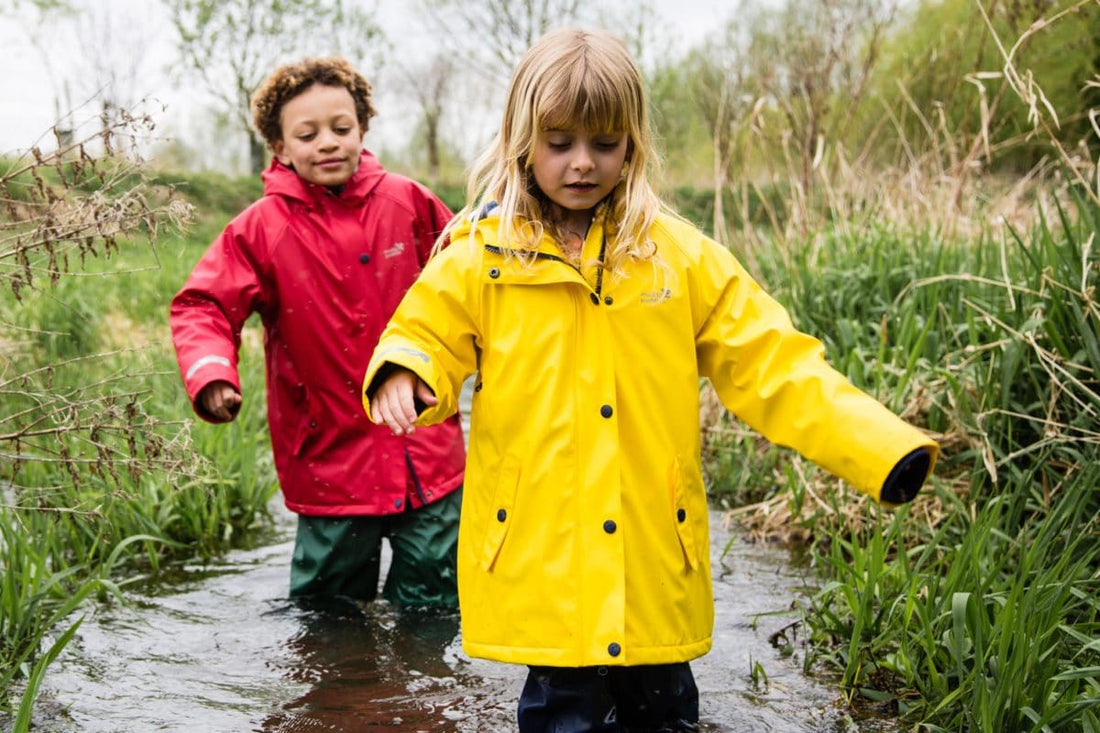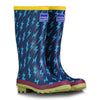
5 Ways to Persuade your School to Embrace Outdoor Learning
Over the past few years we have been lucky enough to meet literally thousands of wonderful teachers who are excited about embracing outdoor learning.
A common hurdle we discuss is persuading senior management, governors or parents to fully engage with and adopt outdoor learning in the school.
Read on for 5 arguments that can be used to block objections and help put the case for outdoor learning in schools and nurseries to the audience you need to get on board.
- It will cost too much….normally the first objection is a limited budget that will make it impossible to build a perfect outdoor classroom. This is a myth easily dispelled. With a few handy parents or staff and some eager pupils it is possible to construct the classroom from next to nothing. A home built mud kitchen, a handy hammock, logs, tyres, a wormery and so much more can be created from re-used parts. We saw a brilliant home crafted car wash at Mud Monsters.
- You need lots of open space…another fear for busy urban schools. Once again minimal concrete outdoor space can still be the foundation to outdoor learning. If this is available great and if not then local authorities are keen to get children interacting with nature and are likely to help with a nearby site. Look at Rhyl School in Camden as a great example of an inner city outdoor learning environment.
- It’s not safe…often more of a parental concern than a teacher led one. It is true that outdoor learning encourages children to take some risks in a carefully assessed space e.g. balancing on logs or on forest school using knives to wittle wood. The counter balance is to point out that life is full of risks and outdoor learning at school is a safe, contained environment in which pupils can learn about assessing and taking risk which will make them safer and more resilient for the world.
- It is too cold in winter…this winter has challenged all outdoor learnings with all the snow and ice and there is only one answer – proper kit. This means insulated wellies, thermals, mid layers and warm outer-layers such as chidlren’s ski coats and salopettes. When children are fully covered up (and the teachers too) then they really can learn outdoors every season and then come back in ready to focus in a classroom.
- They do not learn properly…learning outdoors is more unconventional and can seem more like play time than academic learning. However the outdoor classroom and the richness it provides really diversifies the ways to teach core skills and mix learning skills e.g. learning about weights and measures from stones and twigs.





















